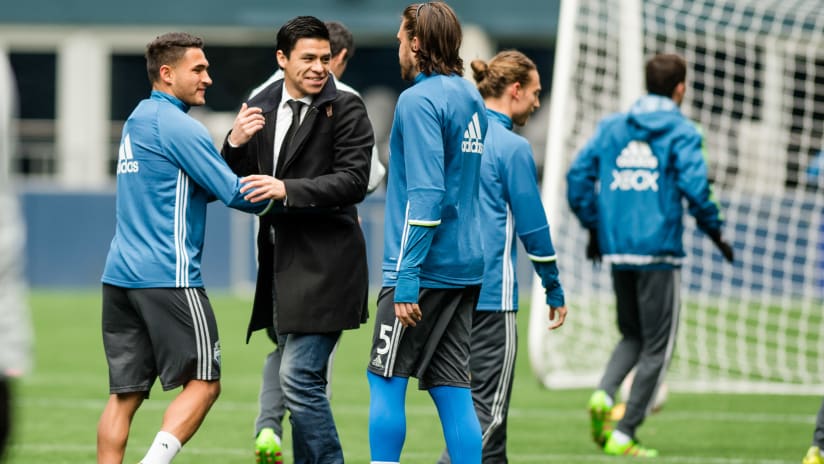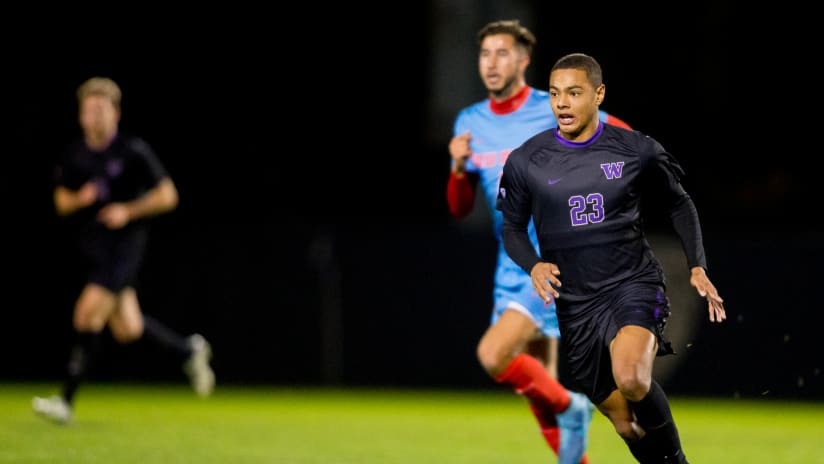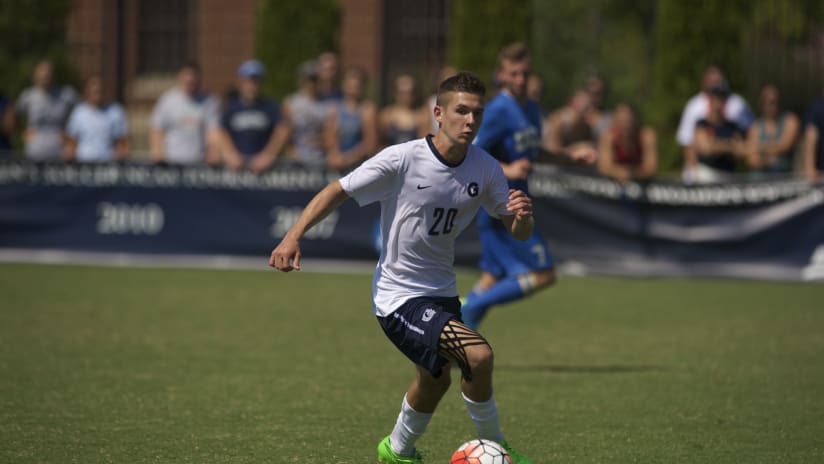For as long as MLS has existed, the MLS Cup final has been at least in part a safe refuge for the old guard. At least one team involved in the league’s initial creation spasm in 1996 had been in the final game of the league season every year. It was perhaps a nod to how difficult the road through the postseason was, or maybe the lasting power of experience drilling into the core of the league’s first days.
Whatever the reason, the league’s original class held an iron grip on the league’s biggest game.
As of this year, that run is now footnote in the record books. For the first time in the league’s two decades of life, two non-originals square off for the league’s ultimate crown in 2016. And the Sounders will be part of the festivities.
- WATCH PARTIES: Join us at our Pub Partners to watch MLS Cup on Saturday
In the moment of the thing, it’s hard to pinpoint the overarching significance of this final. Toronto FC and the Seattle Sounders are not legacy clubs. Neither has been to this stage before, and Seattle’s MLS history only runs back to 2009. TFC isn’t much older at 2007. It’s easy to forget now, perhaps, but TFC had never won a playoff game before this season, and they hadn’t so much as made the playoffs until 2015.
This is essentially like giving spray-paint artist Banksy the run of the Vatican’s walls. MLS tradition has no place here.
In that sense, 2016 represents a clean line of demarkation from the one before the season and the league that opens its doors to Atlanta United and Minnesota United in 2017. In a lot of ways, Seattle and TFC specifically have blown up what it means to be an MLS club and redefined the term. Here are three ways.
Combining scouting and buying
Pick any two MLS originals out of the bin and you’ll tend to get one of two categories. There’s either the mega-spender trawling for legacy signings like LA Galaxy or the small market club taking scouting know-how and stretching the dollar like FC Dallas. Both methods work. FC Dallas won a Supporters' Shield and a U.S. Open Cup in 2016, and the LA Galaxy have an unprecedented three MLS Cups in four years with their approach.
But there are holes in each. The Galaxy, hamstrung by their consistent reach for older Designated Players, often have rapid turnover at key positions. FC Dallas, limited by its budget, often has to roll the dice on players with warts. Sometimes it works and sometimes it doesn’t, but both operate more or less on one side of that aisle.
Over the last few years especially under respective roster gurus Tim Bezbatchenko (TFC) and Garth Lagerwey (Seattle), the Sounders brought both of those ends together. No teams in MLS have been able to merge a big-league budget with stat-driven buys like this before, and both TFC and Seattle have been the beneficiaries. Both had to labor to get respective stars Sebastian Giovinco and Nicolas Lodeiro on board, and both built around them with homegrown coaches and quality role players. Seek out two clubs using their combination of money and scouting better and you’ll have to leave MLS to find them.
A 21st century approach to analytics
When Bruce Arena reassumed the U.S. Men’s National Team post last month, he offered an unvarnished take on the usage of soccer analytics. In sum, he was open to the idea but didn’t see an overt need in a sport that often defied statistical valuation. And in the end it’s tough to argue with a guy who’s won seven MLS Cups with two different teams.
But it’s only one approach, and there’s a growing din surrounding the utility of deeper analysis in MLS front offices. And Seattle and TFC both took up its clarion call.
This is hard to quantify in a broader sense, especially at this time of year. The effect of analytics departments aren’t always easy to see on the outside, but when teams tighten up their effectiveness at defending corners, or are able to maximize the usage of a particular formation, you can bet the analytics departments were at least partially behind the shift if clubs rely on them. And both TFC and Seattle do.
For the Sounders, that conversation starts with Ravi Ramineni. After working on projects like Bing at Microsoft, Ramineni’s been a performance analyst with the Sounders since leaving Microsoft in 2012. He’s helped streamline the club’s use of data gleaned from wearable GPS receivers that charts accelerations, decelerations, velocity zones and other measurements. That’s in addition to his work sussing out numbers and laying them at the feet of the team’s on-field tacticians. The Sounders have been at least as far as the Western Conference Semifinals every year.
As for TFC, the hire of former Opta analyst Devin Pleuler in 2015 as the Manager of Analytics gave TFC an edge in the field. Under Bezbatchenko, TFC has consistently looked to use the analytics community to better the product on the field. Since Pleuler was hired, TFC’s shucked its past and broken barriers the last two seasons.
Of course analytics aren’t of sole importance, but they can provide useful tools in the hands of those who know how to use them. Both Seattle and TFC do.
Robust inner-city fan engagement
Most original MLS clubs are currently saddled with suburban stadiums, which has a statistical insistence on limiting attendance. Even a stadium like the palatial Red Bull Arena, located on the edge of New York City’s urban footprint, has had trouble in this area. Situate a stadium outside the downtown core and you’re likely to impede attendance with every mile outward you go.
Sounders fans are well acquainted with CenturyLink Field, the hulking stadium perched on the border between the Pioneer Square and Sodo neighborhoods downtown. Whether or not the Sounders have come into criticism for continuing to use an NFL field, it’s hard to disagree with the attendance numbers, the atmosphere in the stadium and the magnificence of the location. The crush of urbanity all around, the gameday experience in Seattle is something else.
TFC fans can relate.
When BMO Field opened in 2007, its location was the major selling point. It looked a lot like other soccer stadiums in the league, but it was located inside the city core, a stone’s throw from the central part of downtown. So when the stadium finished its upgrades this year to expand the seating to two decks and allow for 30,000 fans, it suddenly became a showpiece for what the league can accomplish.
Seattle fans are understandably bummed the MLS Cup wasn’t held here, but BMO Field will provide similar amenities. It’s an impressive stadium situated in full view of the lights of downtown that channels noise like few others. The matchday experience is a vital cog of any major club, and few clubs do it better than these two, both of which have their feet firmly in the 21st century.





